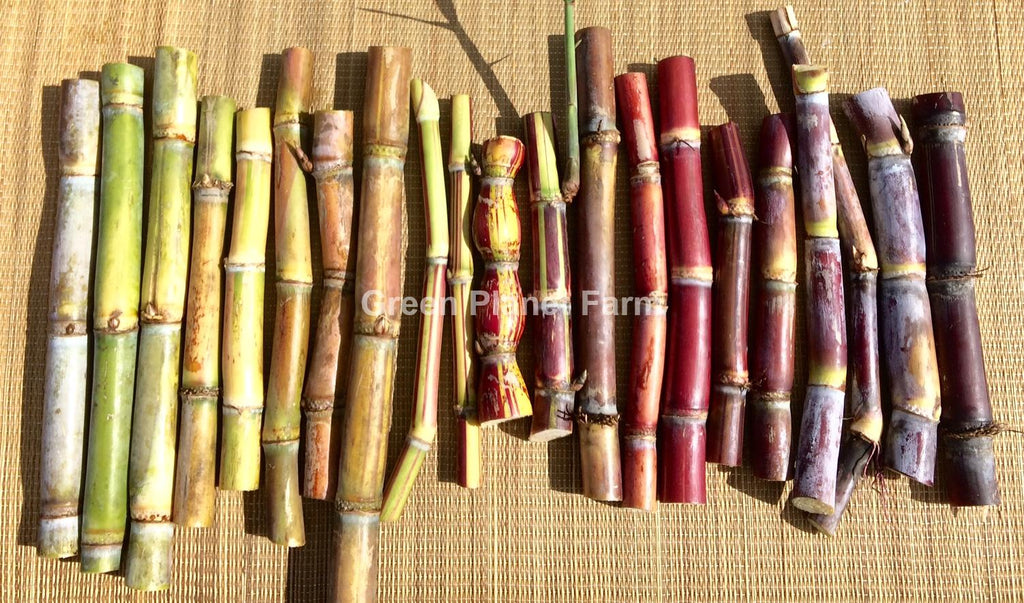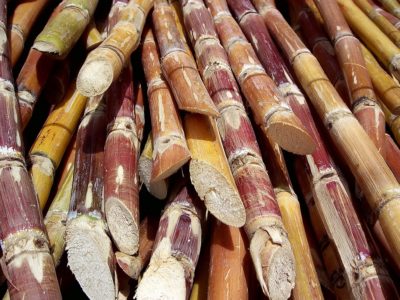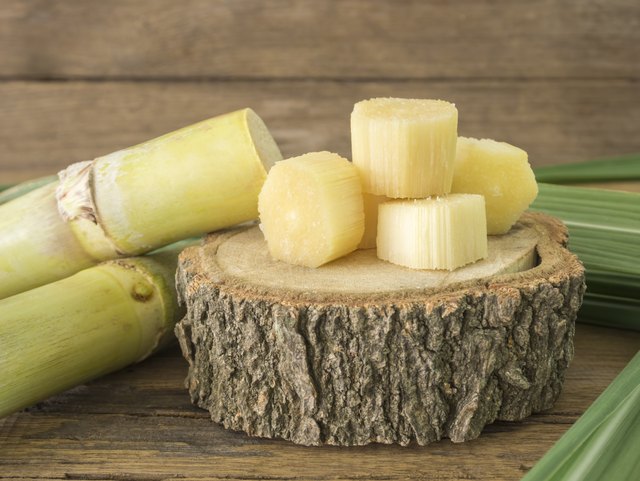Exactly How Cane Sugar Processing Chemicals Improve Sugar Quality and Return
The duty of handling chemicals in cane sugar manufacturing is crucial, as they directly influence both the high quality and yield of the last product. The unification of turned on carbon and enzymes offers to optimize the failure of complex sugars, eventually leading to a purer and higher-quality sugar.
Overview of Cane Sugar Processing
Cane sugar processing includes a series of essential steps that change raw sugarcane into polished sugar items. The procedure begins with harvesting, where mature sugarcane stalks are cut and delivered to processing centers. Upon arrival, the walking stick goes through cleaning to get rid of pollutants such as dirt and plant products.
Complying with cleaning, the cane is crushed to extract the juice, which consists of sucrose - sugar and cane. This juice undergoes information, where lime and warmth are made use of to eliminate remaining impurities and non-sugar parts. The made clear juice is after that evaporated to concentrate the sugar content, bring about the formation of thick syrup
Following, the syrup is taken shape with a regulated cooling procedure, causing sugar crystals. These crystals are separated from the staying syrup in centrifuges. The raw sugar gotten is normally brown due to recurring molasses web content. To attain refined sugar, additional filtration steps are applied, including cleaning, re-crystallization, and drying out.
The final item is either packaged as raw sugar or better refined right into white sugar, catering to different customer and commercial requirements. This thorough collection of steps ensures the manufacturing of top quality sugar, important for many applications in food and beverage industries.
Key Processing Chemicals Used
The manufacturing of polished cane sugar counts on different handling chemicals that play substantial duties at various phases. Among the most vital are lime (calcium hydroxide), phosphoric acid, and sulfur dioxide. Lime is mainly used during the explanation stage to reduce the effects of acidity and precipitate contaminations, leading to a more clear juice. This action is essential for enhancing the total high quality of the removed juice.
Phosphoric acid offers a dual purpose; it boosts the information process and helps in the removal of color-forming compounds, adding to a higher pureness of the final item. Furthermore, sulfur dioxide operates as a lightening agent, enabling the reliable removal of unwanted pigments and enhancing the color of the sugar.
Other noteworthy chemicals consist of activated carbon, which is employed for additional decolorization, and enzymes that help with the malfunction of complex sugars right into easier kinds, thus boosting return. The mindful selection and application of these handling chemicals are essential for maximizing the effectiveness of sugar extraction and refining procedures, ultimately leading to a much more regular and higher high quality sugar product.

Influence On Sugar High Quality
Exactly how do processing chemicals affect the high quality of refined sugar? The intro of numerous chemicals in the cane sugar handling stage significantly boosts the pureness and overall high quality of the final item.
Additionally, using turned on carbon and ion-exchange materials during the refining procedure plays an important duty in removing off-flavors and undesirable odors, adding to the sugar's sensory profile. This refinement not only boosts the organoleptic and aesthetic top qualities yet additionally improves the shelf life by reducing microbial task connected with contaminations.
On top of that, the specific application of these chemicals ensures that the sugar displays a consistent grain dimension and flowability, which are vital qualities for both industrial applications and consumer preferences. Generally, the tactical use processing chemicals is essential in attaining high-quality polished sugar that fulfills industry standards and customer assumptions.

Enhancing Yield Performance
Enhancing return effectiveness in cane sugar processing includes optimizing various phases of production to maximize the quantity of sugar removed from raw walking cane. One critical element is the choice and application of proper processing chemicals, which can assist in the break down of cell wall surfaces and improve sugar release throughout extraction. Chemicals such as enzymes and acids play a vital duty in this procedure by hydrolyzing polysaccharides and dissolving impurities, consequently boosting the overall extraction effectiveness.

Routine tracking and change of handling criteria are crucial to preserve efficiency throughout manufacturing (sugar and cane). By utilizing these strategies, sugar manufacturers can not directory only boost the quantity of click this sugar acquired yet additionally reduce waste and lower production prices, contributing to an extra profitable and sustainable sugar processing operation
Advantages for Consumers and manufacturers
Cane sugar processing chemicals use substantial benefits for both customers and producers, creating a much more sustainable and effective market. For producers, these chemicals improve extraction procedures, leading to greater yields and enhanced sugar top quality. By optimizing the purification and formation phases, they lower waste and boost general efficiency, which can dramatically reduce production prices. This performance permits manufacturers to stay competitive in an international market defined by rising and fall rates and demand.
For consumers, the benefits are equally engaging. The enhanced high quality of sugar translates to far better taste and uniformity in food. Additionally, the usage of handling chemicals can result in an extra steady supply of sugar, reducing scarcities and cost spikes that can happen as a result of ecological factors or market changes. Moreover, the innovations in manufacturing techniques add to sustainability efforts by decreasing resource usage and waste generation, appealing to ecologically conscious consumers.
Verdict

The role of processing chemicals in walking cane sugar manufacturing is critical, as they straight influence both the quality and yield of the final item (sugar and cane). The incorporation of turned article source on carbon and enzymes serves to maximize the breakdown of intricate sugars, ultimately leading to a purer and higher-quality sugar.Walking stick sugar processing involves a collection of essential steps that transform raw sugarcane into refined sugar products.Enhancing return efficiency in cane sugar processing involves optimizing numerous phases of manufacturing to take full advantage of the amount of sugar extracted from raw walking cane.Walking stick sugar processing chemicals play a critical duty in enhancing both sugar top quality and yield